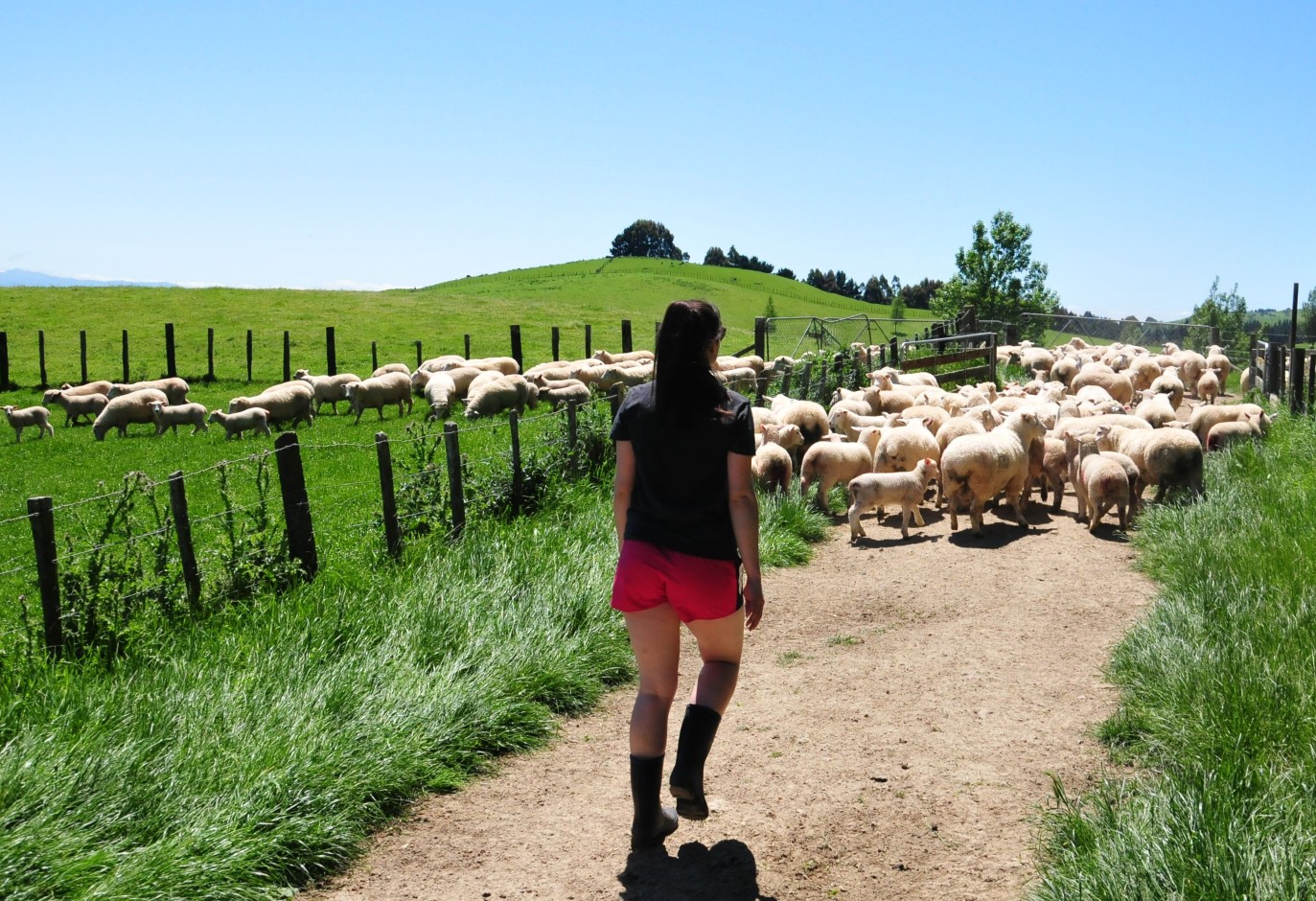- Overview
- ANZSIC codes
annual export earnings (updated Dec annually)
average workforce
in core production
shearers
What is the red meat and wool sector?
Red meat and wool includes sheep, beef and deer farming, beef, sheep and venison processing and wholesaling, shearing, scouring, wool and hide processing and textile manufacture.
This information expands on and interprets our data visualisation for all sectors, which can be filtered by sector and parts of it, like processing or production.
How many work in red meat and wool?
Data for year ending 31 March 2023.
| Designation | Count |
|---|---|
| Core production | 45,083 |
| Core processing/manufacturing | 25,058 |
| Strongly connected | 5,125 |
| Relevant | 398 |
| Total | 75,406 |
Designation workforce counts won't necessarily sum to the total - some people may work in more than one designation. The total indicates the overall unique average number of people who work in the sector.
Seasonal change: Workforce over a year
Our data visualisations show average workforce counts across a year for the red meat and wool sector.
Roles and skill levels
MPI and NZIER's report 'The food and fibre workforce: Data on its size and composition' from June 2022 sets out the proportion of managers, semi-autonomous and managed staff in the red meat and wool sector.
Core production
Sheep, beef, goat and deer farming
Beef + Lamb New Zealand told us most farmers are owner-operators with some full year workers, and part-year workers from October to March. The owner-operator model means a high percentage of managers. Most farm workers are semi-autonomous, with high skill levels.
Shearing
Shearing can be a full-time job if you follow the seasons in New Zealand and overseas. How much work depends on how often farmers shear – once, twice a year or every eight months. A typical shearing gang for a 750 hectare property is four shearers and a presser.
A wool handler or head shearer manages the wool shed operation and a shearing contractor arranges jobs and employs the shearing gang.
New Zealand Shearing Contractors Association provided these workforce role and skill estimates. Most shearing gangs are managed, but their skill level is high.
Core processing/manufacturing
Red meat
New Zealand processes most meat in Canterbury, Waikato and Southland.
In 2019, there were 45 meat processors spread across the country. Work is seasonal. Season length depends on weather conditions like rainfall and drought.
Processors broadly classify workers as entry level, medium skill and high skill. We’ve grouped medium skill and high skill as semi-autonomous and entry level as managed.
Around half the workforce is semi-autonomous and relatively highly skilled.
Wool scouring
Wool scouring removes excess moisture and contaminants like grease from raw wool. Other wool is shipped offshore or to specialist operators like Icebreaker for wool clothing.
Most wool scouring happens in Canterbury and Hawke’s Bay. Over half the workforce is managed, but specialists and managers make up a relatively high proportion, reflecting the specialism needed.
Wool manufacture
Wool manufacturers develop and make wool products, from textiles and yarns to high end residential and commercial interiors.
Around a third of the workforce are managers – a high proportion reflecting many small businesses.
Strongly connected
Wool brokering
Wool brokers buy wool and sell it at auction or privately. Roles in wool brokering include wool salespeople, store operations, store staff and part-year workers. Around a third of the workforce are managers.
Wool exporting
Wool exporters tend to work in teams. A manager trades, wool buyers secure product, shipping clerks arrange logistics and administrators ensure the work happens smoothly. Staff have some autonomy, but it is a highly directive operation. A large proportion of managers (over half) reflects small business size.
Private wool merchants
Private wool merchants trade nearly half of New Zealand's wool. They're usually small local firms in niche positions, buying direct from growers and competing with wool brokers. Managers make up around a quarter of their workforce.
Wool testing
Wool testers independently certify the wool trade, guaranteeing wool quality and quantity – tested wool tends to sell for higher prices. Testers give specific information to customers, facilitating trade by bringing certainty.
Most wool testing staff are managed.
